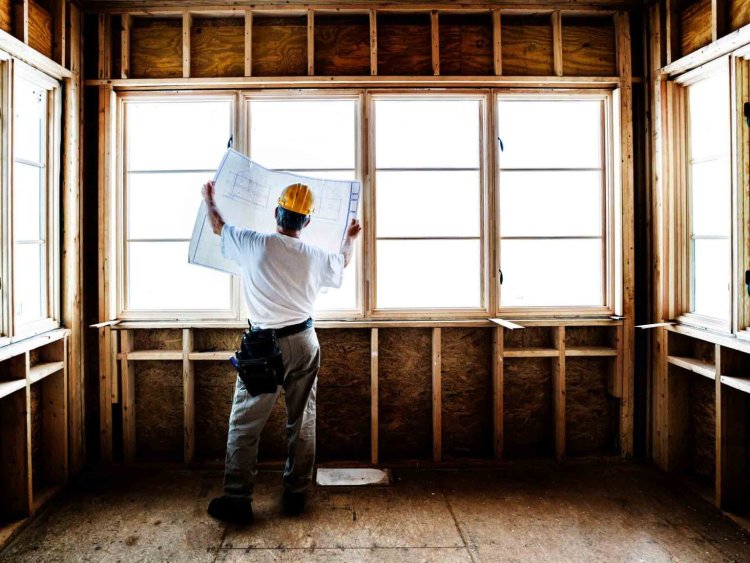The Art and Science of Castle Construction
Castle construction represents a fascinating intersection of architecture, engineering, and history.
Share this Post to earn Money ( Upto ₹100 per 1000 Views )

Castle construction represents a fascinating intersection of architecture, engineering, and history. From medieval fortresses to modern recreations, castles have been a symbol of power, defense, and grandeur. This exploration delves into the various aspects of castle construction, including historical contexts, architectural innovations, and the enduring legacy of these monumental structures.
Historical Context
Medieval Origins
The history of castle construction dates back to the early medieval period, around the 9th to 15th centuries. Initially, castles were built as fortified residences for nobility and royalty. Their primary function was defense against invaders and rival factions. The earliest examples, known as motte-and-bailey castles, featured a wooden or stone keep situated on a raised earthwork (motte) with an enclosed courtyard (bailey) below.
The Rise of Stone Castles
By the 11th century, the use of stone became more prevalent in castle construction due to its superior defensive qualities compared to wood. The transition to stone was driven by the need for more durable and imposing structures that could withstand prolonged sieges and attacks. Stone castles often featured thicker walls, higher towers, and more sophisticated defensive mechanisms.
Architectural Elements
Defensive Features
Walls and Ramparts: Castle walls were constructed to be thick and high, designed to repel attackers and withstand siege weapons. Defensive walls were often complemented by ramparts—earthen embankments that provided additional protection and an elevated position for defenders.
Towers and Keeps: Towers were integral to castle defense. They served as vantage points for surveillance and as strongholds during an attack. The keep, a central stronghold within the castle, was the last line of defense and housed the lord’s family and important valuables.
Moats and Drawbridges: Moats, either dry or water-filled, surrounded many castles to create an additional barrier against attackers. Drawbridges could be raised or lowered to control access to the castle gates, enhancing security.
Gatehouses and Portcullises: The gatehouse was the fortified entrance to the castle, often featuring a portcullis—a heavy grilled door that could be dropped to block entry.
Residential and Administrative Features
Great Halls: The great hall was the central living space of the castle, used for dining, entertaining, and administrative purposes. It was often grandly decorated and served as a gathering place for the castle’s inhabitants and guests.
Chapels: Many castles included chapels for religious services. These were often richly decorated and played a crucial role in the spiritual life of the castle’s inhabitants.
Living Quarters: The living quarters within a castle varied in luxury depending on the status of the occupants. These included private rooms for the lord and lady, their family, and guests, often featuring fireplaces, elaborate furnishings, and tapestries.
Storage and Workshops: Castles required spaces for storing food, weapons, and supplies. Workshops for blacksmiths, carpenters, and other craftsmen were also common, ensuring the self-sufficiency of the castle.
Engineering Innovations
Foundations and Materials
The foundation of a castle was critical for its stability. Builders often employed deep, wide foundations to support the weight of the massive stone walls. The choice of materials varied depending on regional availability. Limestone, sandstone, and granite were commonly used in different regions of Europe.
Defensive Technologies
Siege Weapons: The development of siege weapons, such as trebuchets and catapults, influenced castle design. Castles were constructed with features to counter these threats, including thicker walls and defensive towers.
Arrow Slits and Machicolations: Arrow slits, narrow vertical openings in walls, allowed defenders to shoot arrows while remaining protected. Machicolations, overhanging structures with openings, enabled defenders to drop stones or boiling oil on attackers below.
Concentric Design: Some later castles featured concentric designs, with multiple layers of defensive walls. This design created a series of fortifications that made it increasingly difficult for attackers to breach the castle.
Regional Variations
British Castles
British castles are among the most iconic, with famous examples like the Tower of London and Windsor Castle. British castles often featured extensive moats, crenellated walls, and elaborate gatehouses. The evolution of British castles reflects a progression from simple motte-and-bailey structures to complex stone fortresses with sophisticated defensive mechanisms.
French Castles
French castles, such as the Château de Chambord, are renowned for their grandeur and architectural elegance. French castles often emphasized aesthetic appeal alongside defensive functionality. They featured ornate facades, intricate stonework, and expansive gardens.
German Castles
German castles, including Neuschwanstein Castle, are known for their fairy-tale appearance and picturesque settings. German castles often combined defensive elements with romantic architectural styles, reflecting a blend of historical fortification and aesthetic design.
The Modern Legacy
Restoration and Preservation
Many historic castles have been restored and preserved as cultural landmarks. Organizations and governments invest in maintaining these structures to protect their historical significance and promote tourism. Restoration efforts focus on preserving the original architectural features while adapting the castles for contemporary use.
Reproductions and Adaptations
Modern castle reproductions, built for historical or entertainment purposes, offer insights into historical architecture and provide immersive experiences for visitors. These reproductions range from theme park attractions to private residences inspired by historical designs.
Influence on Contemporary Architecture
The influence of castle architecture extends beyond historical contexts. Modern architects often draw inspiration from the grandeur and functionality of castle designs, incorporating elements like high ceilings, fortified facades, and expansive courtyards into contemporary buildings.
Conclusion
Castle construction is a testament to human ingenuity, combining defensive strategies with architectural elegance. From their origins in medieval Europe to their enduring legacy in modern times, castles continue to captivate our imagination and reflect our fascination with history and design. Whether as formidable fortresses or beautiful recreations, castles remain a powerful symbol of strength, security, and artistic achievement.

 itsmoose
itsmoose 













